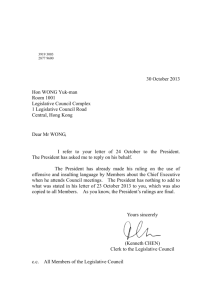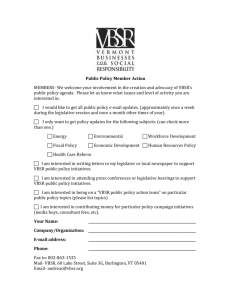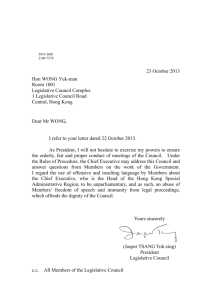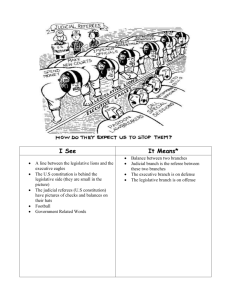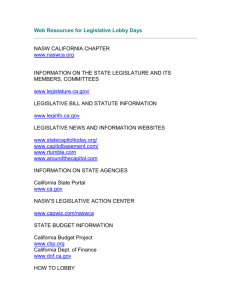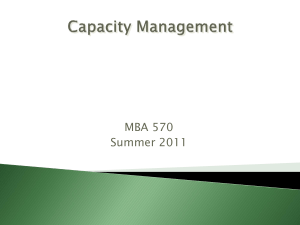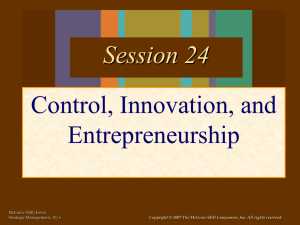implementation - the actual doing
advertisement
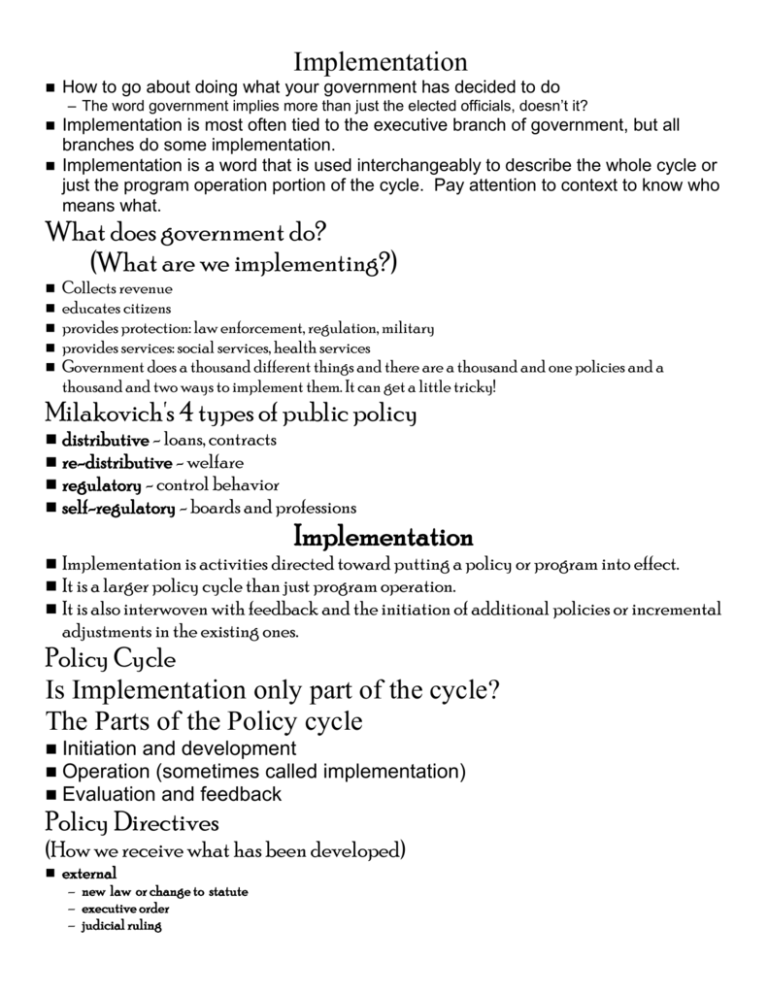
Implementation How to go about doing what your government has decided to do – The word government implies more than just the elected officials, doesn’t it? Implementation is most often tied to the executive branch of government, but all branches do some implementation. Implementation is a word that is used interchangeably to describe the whole cycle or just the program operation portion of the cycle. Pay attention to context to know who means what. What does government do? (What are we implementing?) Collects revenue educates citizens provides protection: law enforcement, regulation, military provides services: social services, health services Government does a thousand different things and there are a thousand and one policies and a thousand and two ways to implement them. It can get a little tricky! Milakovich's 4 types of public policy distributive - loans, contracts re-distributive - welfare regulatory - control behavior self-regulatory - boards and professions Implementation Implementation is activities directed toward putting a policy or program into effect. It is a larger policy cycle than just program operation. It is also interwoven with feedback and the initiation of additional policies or incremental adjustments in the existing ones. Policy Cycle Is Implementation only part of the cycle? The Parts of the Policy cycle Initiation and development Operation (sometimes called Evaluation and feedback implementation) Policy Directives (How we receive what has been developed) external – new law or change to statute – executive order – judicial ruling – agency ruling from another agency that has jurisdiction – budget internally – promulgated agency rules – informal priorities – the agency's "plan" - strategic plan, city plan, financial plan Note: Here we don’t focus on the actual decision making, just the communication of the decision Implementation (once you have received the directive) law interpretation - legislative intent program start-up - build a budget, staff a program, set up a facility, get "stuff", prepare public info agency rule making - the specifics of interpreting the new law day to day -operations Evaluation and Feedback agency evaluation public feedback legislative oversight policy analysts Milakovich's Four Stages of Policy Making – another view of the policy cycle legislative - drafting and enacting basic legislation detailed rules and regulations - written by the agency implementation - the actual doing review - oversight and or modification by the courts or legislature Over and Over and Over Again… continuing policy cycles – policies defined and re-defined with incremental adjustments to accommodate major interests Q: Why does your policy look like a camel and smell like a sausage? A: Your policy has been developed: incrementally, without centralized direction, with many opportunities for exerting influence, in competition with other agencies, with many levels of government involved, in a specialized, fragmented manner. So...how do you implement such policies professionally? Know what you are being asked to do. Develop a plan and a time frame. Provide feedback on your progress. Keep your ultimate goal in mind. Use internal teams and external teams. Manage your resources (10 talents) Bardach's "Implementation Game" Learn the rules. Devise tactics and strategies. Control the flow of information. (Up and Down) Deal with crisis and uncertainty as it arises. The Death and Burial of the Policy/Administration Dichotomy. Wildavsky: "Implementation should not be divorced from policy" Small wood: "Implementation is but one part of the process...inextricably related to the other parts." Remember our question: Is implementation only part of the cycle? (and by implication insignificant in the political world?) The answer is: It is a significant part of a continuing cycle. Oregon Health Care Explain why the Plan was a study in contrasts for the rational model vs. the incremental model. Discuss how the plan was proposed to work, the predicted implications and the actual outcome. Outline the four part political strategy that was used, and define "Policy Entrepreneur". Did the plan work? Case study: The Monroe Maternity Center Be familiar with the characters and the facts of the case. Give examples of pragmatism, progressivism, bureaucracy, incrementalism, etc. from the case. What do you believe explains the changes in implementation success for the three birth centers? Next time: Administrative Law – Everybody Wants to Rule the World – Ain’t No Sunshine When She’s Gone The Flow of Information – How it bubbles up and trickles down – Good info and bad – Impediments to the flow
